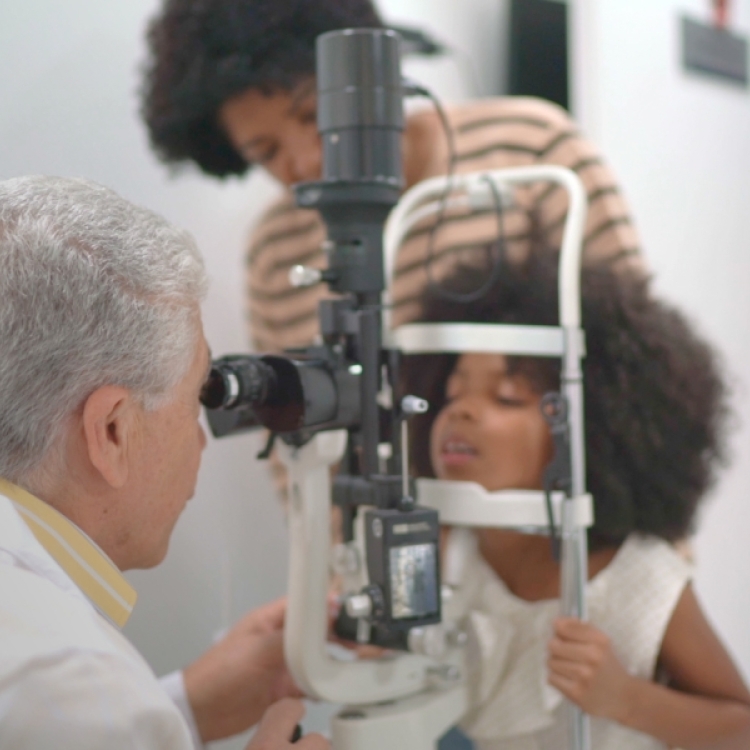Feature Stories
In focus: Myopia
Myopia
Facts
There is a lack of awareness when it comes to Myopia, because it has been easy to treat the symptoms.
Myopia is a chronic progressive disease1,2,3 which can lead to permanent vision loss later in life4
50%
By 2050, half of the world’s population (50%) is projected to be myopic.
1 Billion
By 2050, 1 billion people are expected to have high myopia, a severe form of the condition.
10 to 80%
In China, among children ages six to 18, myopia prevalence rises from less than 10 to 80 percent.
$202 billion
Uncorrected distance refractive errors, largely caused by myopia, are already estimated to cost global healthcare systems US$202 billion annually.
Connected by Sight

Patients and Experts are all connected
Changing the trajectory of eye health requires a collaborative effort between the brightest minds — eye care professionals and associations — and patients, connected in our efforts to improve the quality of care and sight around the world.
1) Flitcroft DI. The complex interactions of retinal, optical and environmental factors in myopia aetiology. Prog Retin Eye Res. 2012;31(6):622-660.
2) Donovan L, Sankaridurg P, Ho A et al Myopia progression rates in urban children wearing single-vision spectacles. OVS 2012;89(1):27-32.
3) Pärssinen O, Kauppinen M. Risk factors for high myopia: a 22-year follow-up study from childhood to adulthood. Acta Ophthalmologica. 2019;97(5):510-518.
4) Tideman JW, Snabel MC, Tedja MS, et al . Association of Axial Length With Risk of Uncorrectable Visual Impairment for Europeans With Myopia. JAMA Ophthalmol. 2016 Dec 1;134(12):1355-1363
P2022OTH4776









